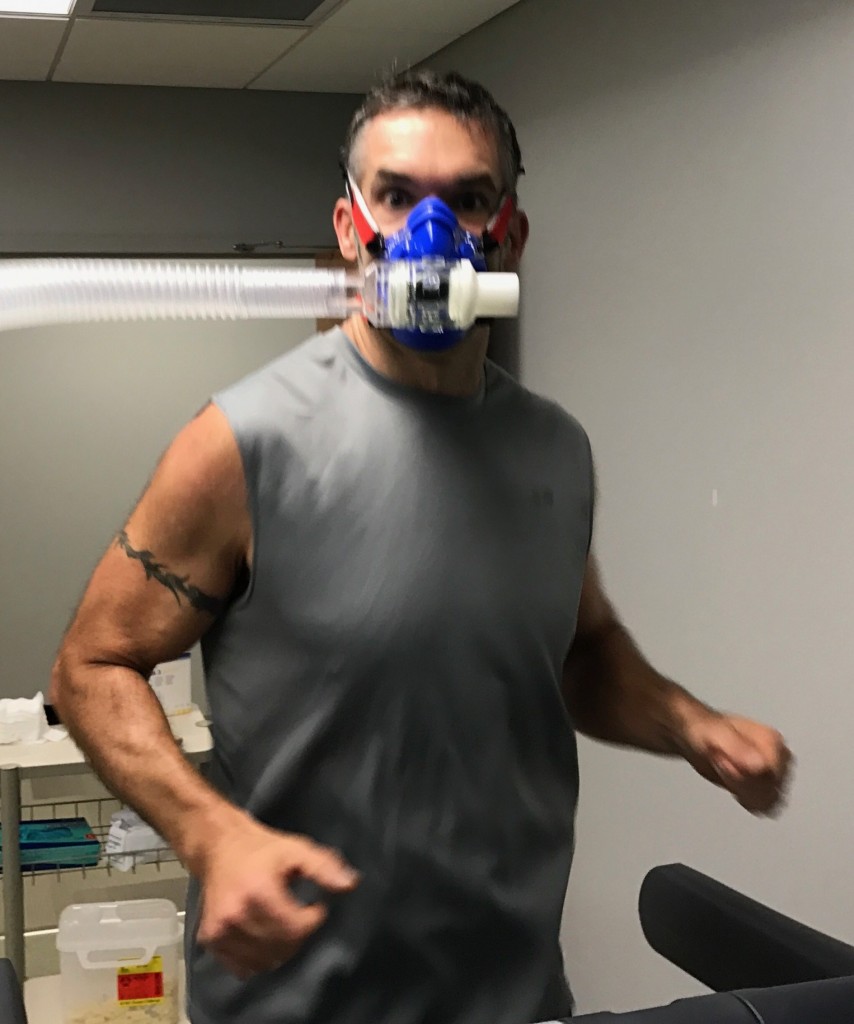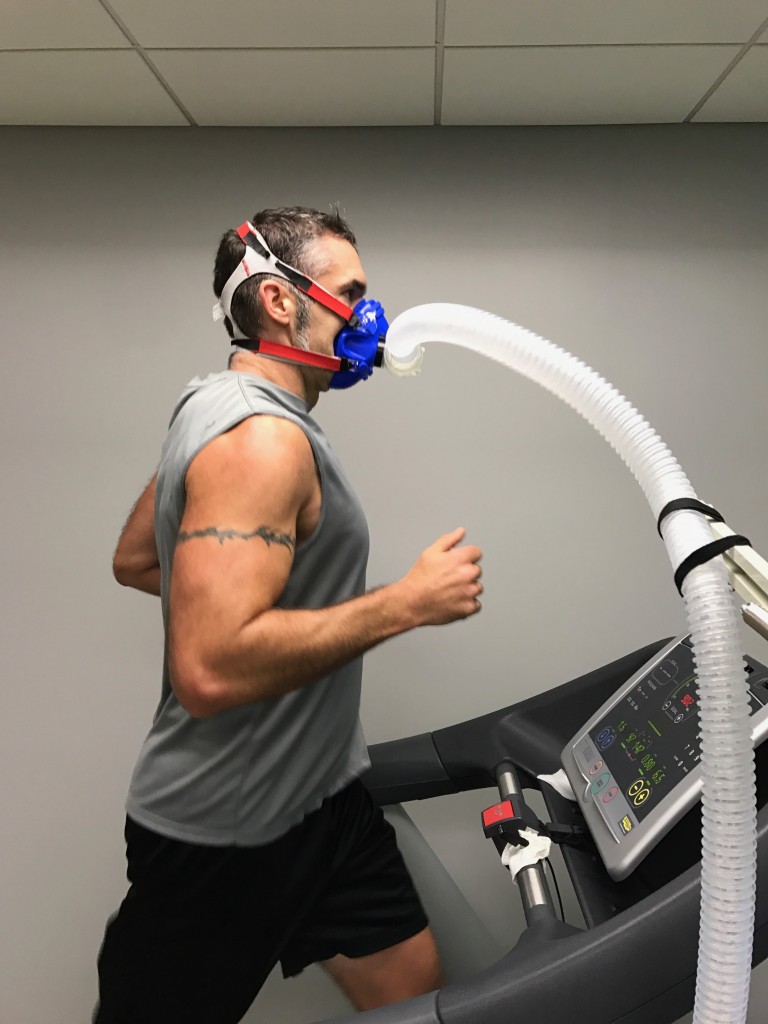That title doesn’t make a lot of sense. Or, it does make some sense and that last word denotes something that shouldn’t be said in polite company.
What I’m really saying is that I’ve connected with a running coach. Mary-Katherine (MK) Flemming, an RRCA-certified running coach, reached out to me after my last blog post. She’s a mom who trains moms. Other than being a humanoid-type creature with two arms, two legs, and a head, I may not be her standard client/athlete. I’m not sure who/what I had in mind for a running coach but I probably wasn’t thinking about joining a mom-related sort of organization. Call me a backward chauvinist caveman—but what can I say?—my brain just wasn’t tuned in that direction. I’m very glad I kept an open mind though.
We talked and I was very pleased and impressed with what she had to say. I respected and admired her intense curiosity about running, management of planning, strength training, rest & recovery, and how to coach dedicated runners who also live normal lives. MK, like me, has been through various setbacks to her running career yet she persevered. I was excited to see someone who shares my passion about physical activity and performance. You can read about Mary-Katherine’s background and credentials here.
Further, she was able to answer all my questions and she helped me realize there were a lot of questions that I’d never thought to ask. Questions such as:
- How does one incorporate both road and trail running when training for trail races?
- How should runs be progressed based on heart rate? (She’s very much into HR training.)
- How does one manage biking, hiking, and weight training while running?
- I’d read Steve Magness’ Science of Running and I wanted to talk with a coach who was familiar with those methods. She follows his work and spoke on his methods..
Heart-rate training is a cornerstone of MK’s training plan. You can read about her approach here and you can hear her discuss heart-rate training here. Her training approach is influenced heavily by Coach Phil Maffetone. The essence of the strategy is that by spending a lot of time training at a fairly low heart rate (determined by this formula), you train your engine to burn fat for fuel and you build a significant and broad aerobic base. A strong aerobic base then allows for trainees to better develop anaerobic power and speed, avoid injury, and ultimately race their best.
I’m about a week into the plan and I feel good. If I hadn’t had the experiences that I have, then I would say I’m surprised at how easy the runs have been thus far. It seems that a lot of us runners need to ease down a little, run a bit slower and rest more. MK discusses this interesting and very common phenomenon in this podcast interview.
I’ve seen similar challenges with some of my clients. For some of us, sweating and picking up heavy things is fun and we love it. We plan our day around or workouts. Or weekends feature extra long bouts of exertion. Even our vacations are built around strenuous activity which we enjoy.
But rest? That’s a tough one. We think that if we don’t lift/run/ride/swim enough then we’ll get weak and fat. The truth is that we CANNOT get stronger/faster/better if we don’t rest enough and recovery adequately. This is one huge reason to employ a coach. You may think you can do it on your own, but very often professional help is absolutely a great investment. To learn more about employing a coach, check out the training programs of the Train Like A Mother Club.



